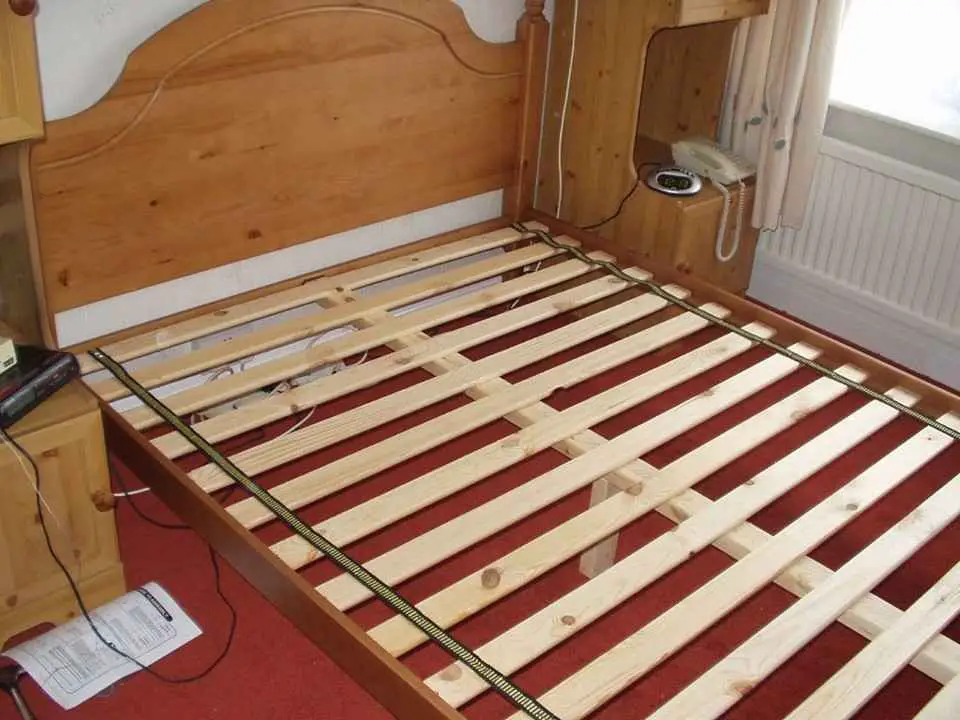An outlet is defined as a “point on the wiring system at which current is taken to feed utilised equipment, whereas a receptacle is traditionally been something to which a connecting plug is connected.”
An outlet is always a receptacle, but a receptacle is not necessarily an outlet.
Outlets are used to power ceiling fans, luminaires, and other hard-wired devices.
Here is some information about the outlet and receptacle as follows:
Outlet Vs Receptacle:
Outlet:

Electricity from your neighbourhood utility is delivered to your home via cables and terminated with circuit breakers at the distribution box.
This power is dispersed through in-wall or exterior conduits to reach light bulb connectors and electrical outlets around the house so that it can be used.
Your home’s main source of electricity is an electrical outlet referred to as an electrical receptacle.
To turn on the appliance or device, you only re-insert the plug into the electrical outlet.
Receptacle:

Electric receptacles are a type of alternating current power receptacles.
An electric receptacle is a hole or group of holes that are wired into a power source.
Its purpose is to connect electrical equipment and building components to the main alternating current (AC) power supply to power them.
A 125V, 15A straight blade receptacle is typically used in electrical grade plugs.
They serve as the male cord end’s receiving end when you place it into a plug.
What is the Difference between Outlet and Receptacle?
An outlet can be seen as a point (on the wing system) that offers the current required to run a piece of machinery whereas receptacles are referred to as “contact devices put at outlets.”
An appliance’s plug is kept in a receptacle.
Here are some differences between outlet and receptacle as follows:
| Outlet | Receptacle |
| An outlet is a vent where items can flow out. | A plug inserts into a collection of slots that make up a receptacle. |
| A box with slots is known as an outlet. | It has multiple outlets on a single wall plate. |
| Cost of labour included in the average price: Outlet $247. | Receptacle average cost with labour: $210. |
| As compared to receptacle, “Outlet” refers to the entire box. | Receptacles are the slots into which the plug’s prongs fit. |
| An attachment of plug and flexible cord connection device fitted at an outlet to power portable appliances or equipment. | A wall-mounted appliance, such as a socket or receptacle is connected to an electrical system that draws current to power appliances or other items for use. |
| There are several different types of outlets like two-pronged outlets, grounded outlets, tamper-resistant outlets, arc fault circuit interrupter outlets, surge suppression outlets, and USB outlets. | There are several kinds of electrical outlets such as 15-A vs. 20-A rated devices and customized outlets for certain locations such as floor-mounted outlets, and outlets for outdoor use. |
| There are several types of outlets like GFCI outlets (which have two outlets with leakage/residual current protection) and duplex outlets (which have two outlets and two female USB connectors). | Different types of receptacles or holes exist depending on the country, maximum RMS voltage, and maximum RMS current. |
Also read: Single-Stage vs Two-Stage Snow Blower
Conclusion:
An overview of electrical outlet and receptacle and their significance in our homes and workplaces.
You gained knowledge of the many types of electrical outlets and their common applications.
Section Under: Diff









